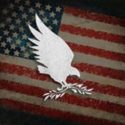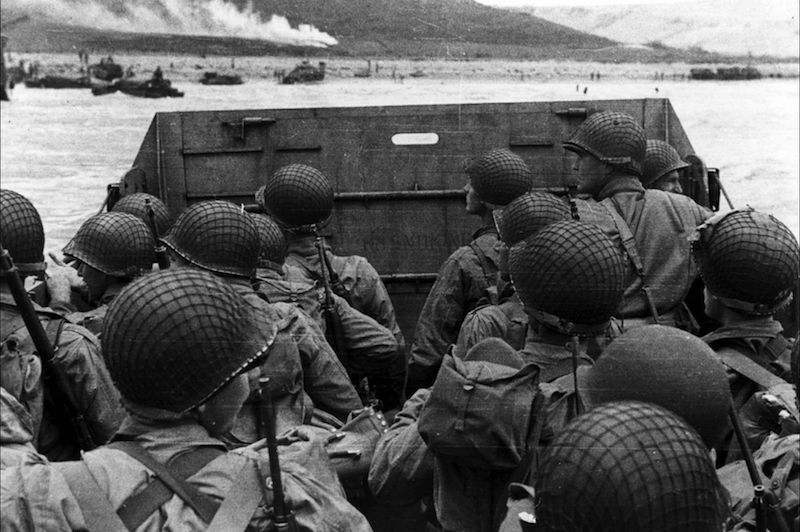By Lina Bryce
These haunting images commemorate 72 years since D-Day, when 156,000 Allied forces made their daring attempt to invade and defeat Germany on June 6, 1942.
Here are images and facts from that historic day and the invasion code named Operations Overlord and Neptune.
Code-named “Operation Overlord,” the amphibious invasion was under the command of General Dwight D. Eisenhower. The invasion would include those of five beaches in the Normandy area with the code names of: Utah Beach, Omaha Beach, Gold Beach, Juno Beach, and Sword Beach.
The average age of a soldier was 22-year-old; college-aged men who stormed the beaches of Germany under heavy fire, witnessing absolute hell as they pushed forward.
Over 425,000 Allied and German troops were killed, wounded, or went missing during the battle. This includes over 209,000 Allied casualties, with nearly 37,000 dead among the ground forces and additional 16,714 deaths among the Allied air forces.
The majority of troops who landed on the D-Day beaches were from the U.S., the United Kingdom, and Canada. However, troops from many other countries participated in the Battle of Normandy, including: Australia, Belgium, Czechoslovakia, France, Greece, the Netherlands, New Zealand, Norway and Poland.
On D-Day, the Allies landed around 156,000 troops in Normandy. American forces landed 73,000 troops in total: 23,250 on Utah Beach, 34,250 on Omaha Beach, and 15,500 airborne troops. In the British and Canadian sector, 83,115 troops were landed (61,715 of them British): 24,970 on Gold Beach, 21,400 on Juno Beach, 28,845 on Sword Beach, and 7900 airborne troops.
11,590 aircraft were also supporting the landings. On D-Day, Allied aircraft flew 14,674 sorties, and 127 were lost.

